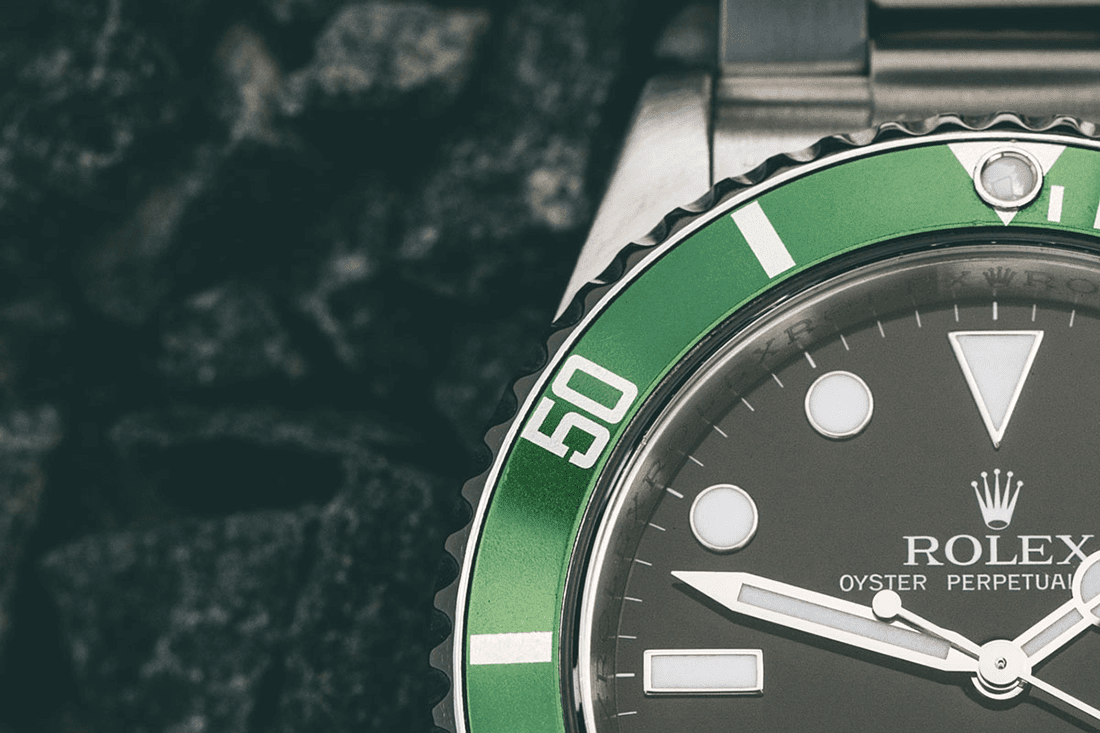
The Billion-Dollar Buzz Around Pre-Owned Rolex Watches
There was a time when luxury watches were merely status symbols, timeless in design but not necessarily in value. That time is over. Today, Rolex isn’t just a name etched into stainless steel—it’s an asset class. The pre-owned watch market is now a crystal-clear window into what Rolex models are smart investments, and the latest 15-year resale data proves it.
With global interest in watch investment surging, the Rolex Datejust, Submariner, and GMT-Master II have emerged as top performers in terms of value retention and growth. Pre-owned market analytics, coupled with historical pricing data, now offer compelling proof: some Rolex watches have outperformed traditional assets like gold, real estate, and even stocks over the past decade and a half.
In this article, we’ll dissect the numbers, explore why certain models appreciate in value, and reveal how Rolex still dominates the luxury landscape—a century after inventing the waterproof watch.
Why Rolex Dominates the Investment Watch Space
A Century of Innovation and Prestige
Since the creation of the first waterproof watch—the Rolex Oyster—in 1926, the Swiss brand has built an empire on precision, exclusivity, and iconic design. Rolex isn’t just a watchmaker; it’s a cultural artifact. Whether it’s adorning James Bond’s wrist or symbolizing success across boardrooms, Rolex sets the gold standard in horology.
Rolex’s Global Brand Value 2016–2025
- According to data from Brand Finance and Statista, Rolex’s brand value has steadily climbed from approximately $7.3 billion in 2016 to over $11.6 billion in 2025.
- It remains the most valuable luxury watch brand worldwide, consistently outranking Omega, TAG Heuer, and Audemars Piguet.
Luxury Meets Scarcity
Rolex produces approximately 1 million watches annually, but demand outpaces supply, especially for coveted models like the Submariner and GMT-Master II. This strategic limitation fuels exclusivity—and inflates secondary market value.
The Pre-Owned Market Explosion & Rolex’s Role
The Shift Toward Resale-Driven Luxury
The global pre-owned luxury watch market was valued at $23 billion in 2023, and it’s projected to reach $35 billion by 2030. What’s fueling this shift?
- Increasing transparency and authentication in the resale ecosystem (thanks to platforms like Chrono24 and WatchBox)
- Younger collectors viewing luxury timepieces as investment vehicles
- Rolex’s consistent resale value and timeless appeal
Pre-Owned Data Highlights: Rolex Resale Value Trends
Pre-owned watch data from 2009 to 2024 indicates the following ROI (Return on Investment) trends:
| Rolex Model | Avg. Pre-Owned Price (2009) | Avg. Price (2024) | ROI Over 15 Years |
| Submariner (Steel) | $5,500 | $15,000 | 172% |
| GMT-Master II (Pepsi) | $6,800 | $18,500 | 172% |
| Datejust 36 | $4,000 | $9,200 | 130% |
| Daytona | $9,500 | $38,000 | 300%+ |
Collectors and investors now view Rolex as a safe-haven asset—not unlike blue-chip stocks or fine art.
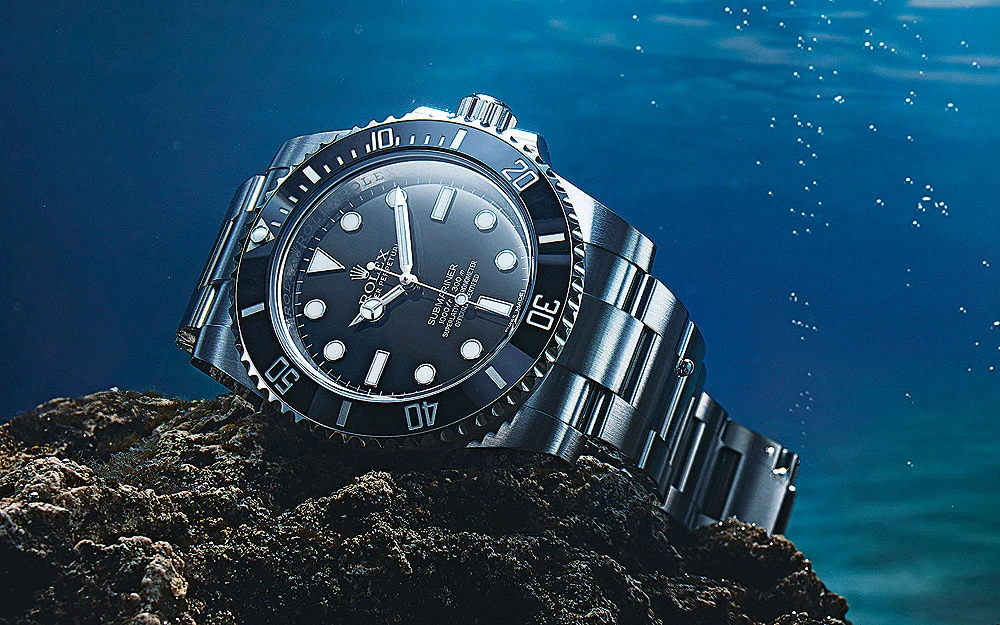
Rolex Submariner – The Diver That Dives in Value Too (Upward!)
The Legend That Started It All
The Submariner, launched in 1953, was the first diver’s watch water-resistant to 100 meters. Today, it’s more than a tool watch—it’s a design icon.
Pre-Owned Data: Submariner Value Growth
- Between 2010 and 2024, the no-date steel Submariner grew from $5,000 to over $14,500.
- Limited editions and vintage models like the “Hulk” and “Kermit” saw value growth exceeding 200%.
Why Submariner Performs:
- Timeless design, wearable size
- Pop culture appeal (James Bond, Steve McQueen)
- Limited supply from Rolex to maintain exclusivity
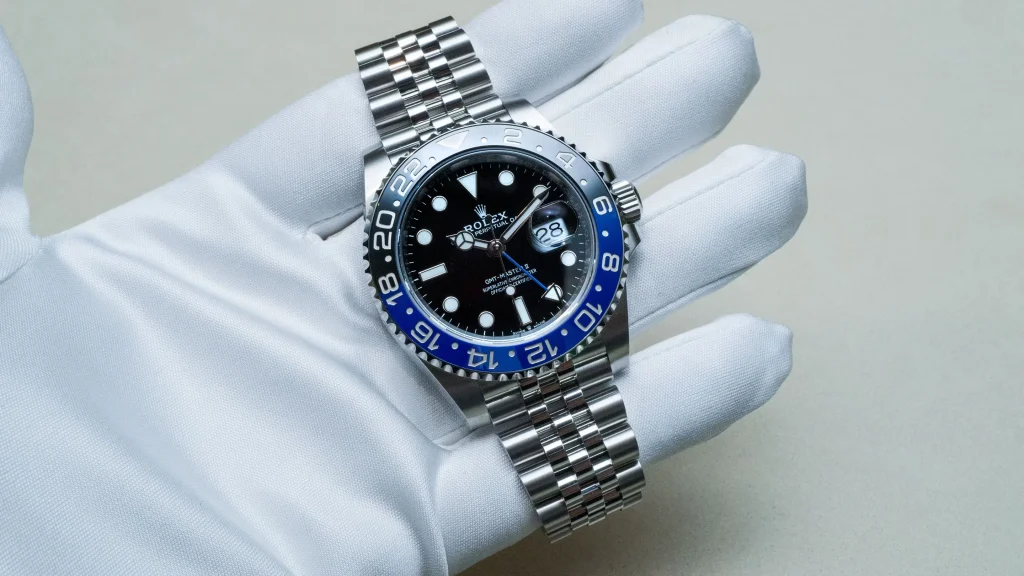
Rolex GMT-Master II – From Pilot’s Tool to Collector’s Trophy
Timezones and Time-Proven Value
Introduced in the 1950s for Pan Am pilots, the GMT-Master II enables tracking two time zones—making it essential for frequent fliers and serious collectors alike.
Resale Performance:
- The “Pepsi” and “Batman” bezel variants are particularly sought-after.
- From ~$7,000 in 2009 to over $18,000 in 2024.
- Annual growth rate: 7–10%, beating S&P 500 average returns.
What Drives Collector Demand?
- Colorful bezels = instant visual appeal
- Discontinuations spike value overnight
- Rolex’s regulated supply keeps market hungry
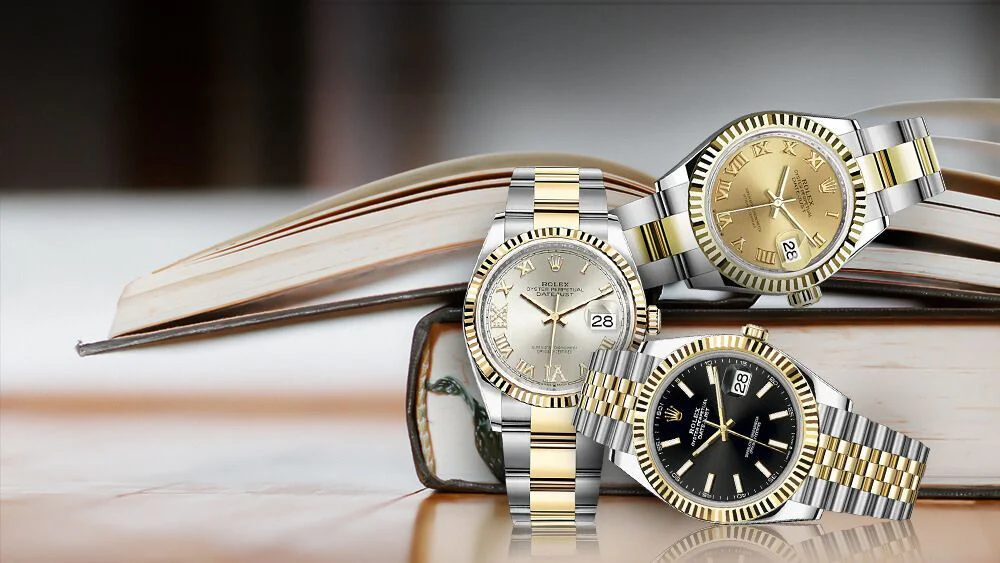
Rolex Datejust – The Understated Classic That Quietly Grows
Elegance and Equity
The Datejust might not make as much noise as the Daytona, but its consistent resale performance proves that subtlety sells—well.
Value Growth Highlights:
- From $4,000 in 2009 to $9,000+ in 2024.
- Special editions (fluted bezel, jubilee bracelet, diamond dials) offer higher ROI.
- Widespread appeal across both men’s and women’s segments.
Why It Works:
- Versatility in size and design
- Available in steel, Rolesor (steel + gold), and full gold
- Reliable and accessible entry point into Rolex collecting

Factors That Influence Rolex Resale Value
Understanding why certain Rolex models outperform others involves decoding:
1. Rarity
- Limited edition or discontinued references create instant collector buzz.
2. Condition
- Boxes, papers, and original parts exponentially increase resale value.
3. Age & Provenance
- Vintage models with historical ownership fetch higher bids.
4. Dial & Bezel Configurations
- Uncommon colors or design quirks can make even modern pieces shoot up in value.
5. Market Sentiment
- Global economic stability, influencer hype, and celebrity endorsements play subtle but powerful roles.
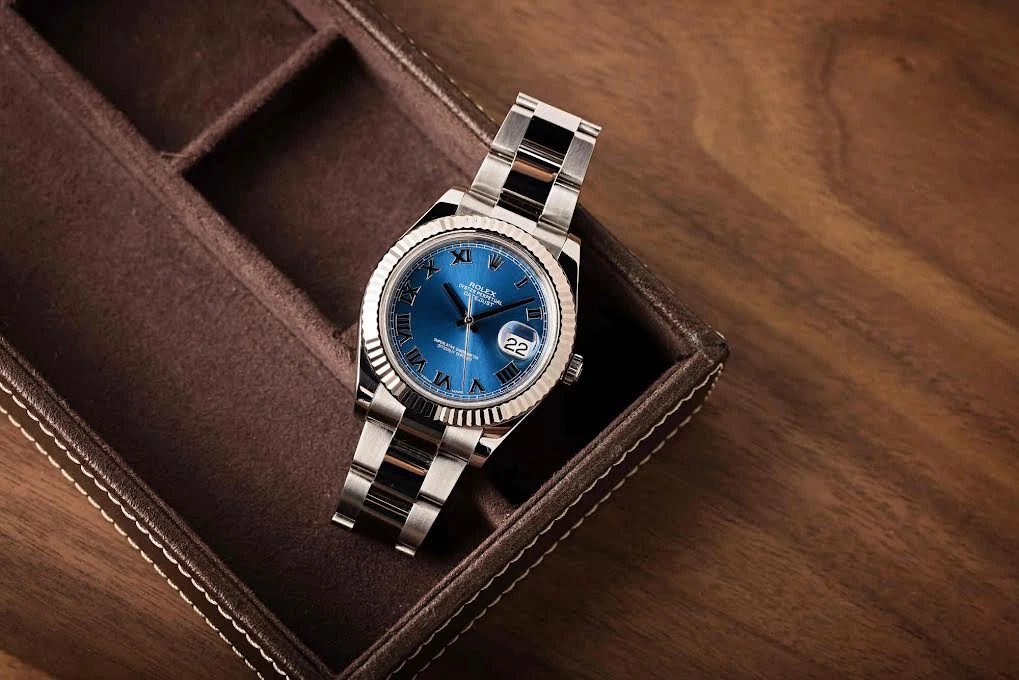
Smart Investment Tips for Buying Pre-Owned Rolex
If you’re looking to enter the Rolex market, follow these key guidelines:
- Do Your Homework – Study reference numbers, production years, and variations.
- Buy from Reputable Dealers – Chrono24, Bob’s Watches, Watchfinder, or certified resellers.
- Verify Authenticity – Always request service records, boxes, papers, and check serial numbers.
- Avoid Over-Polished Watches – They may lose original edges and value.
- Think Long-Term – Don’t flip too soon; Rolex value peaks after 5–10 years of ownership.
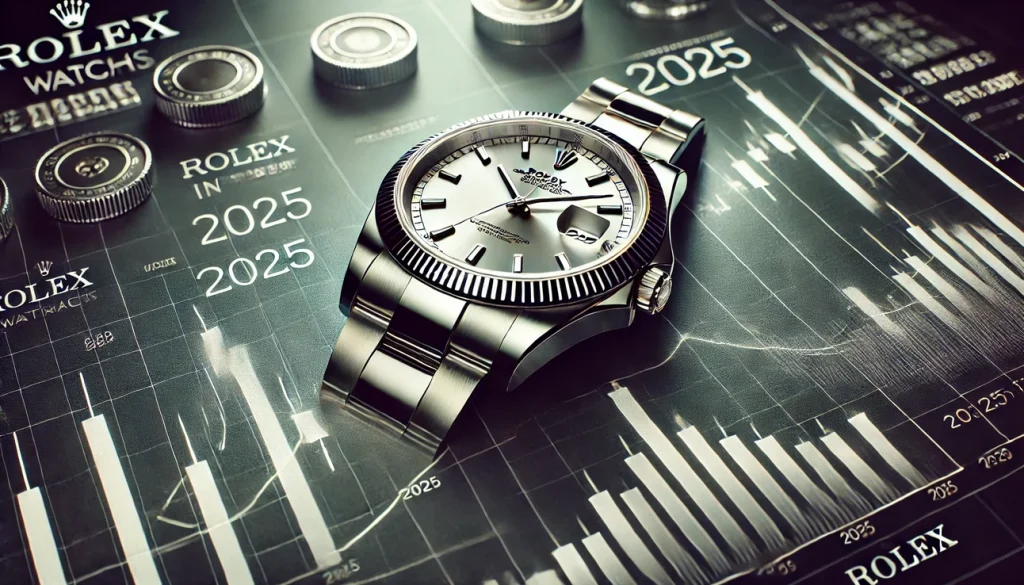
Rolex in 2025 and Beyond – What the Future Holds
Rolex’s Resilience Amidst Luxury Trends
Despite economic downturns and evolving consumer tastes, Rolex continues to thrive. With waitlists stretching 12–24 months at authorized dealers, the brand is strengthening its exclusivity—driving prices higher on the secondary market.
Sustainability and Next-Gen Appeal
- Rolex is investing in carbon-neutral production processes.
- Gen Z collectors, once focused on tech, are returning to analog luxury—fueling vintage Rolex demand.
Upcoming Releases to Watch For:
- New titanium models (e.g., Yacht-Master Titanium)
- Potential ceramic bezel Datejusts
- Updated movements and longer power reserves
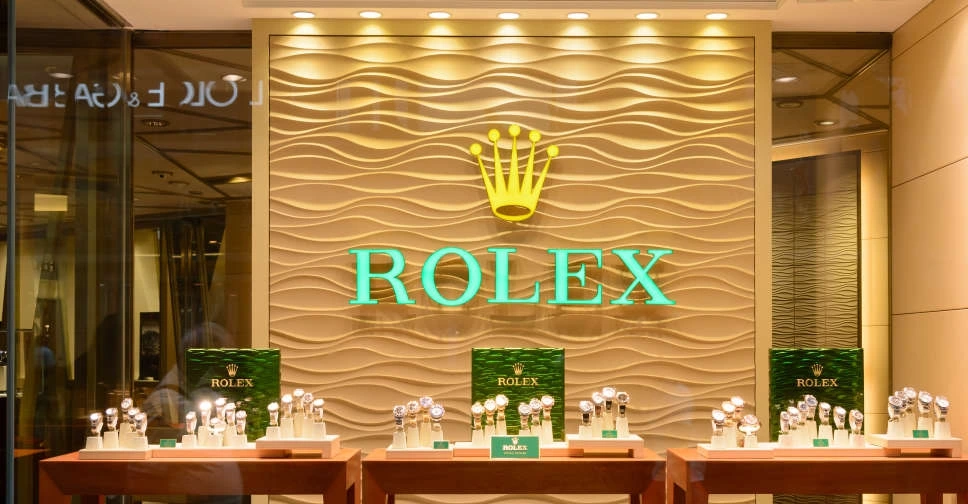
Conclusion: Rolex Isn’t Just Timeless—It’s Profitable
The data doesn’t lie. Rolex is the undisputed king of resale value in the luxury watch industry. With a century of innovation behind it and a future still steeped in precision, prestige, and scarcity, Rolex watches like the Submariner, GMT-Master II, and Datejust continue to prove themselves as smart investments.
Whether you’re an investor, collector, or someone simply enamored with craftsmanship, the Rolex on your wrist could be your best-performing asset yet.
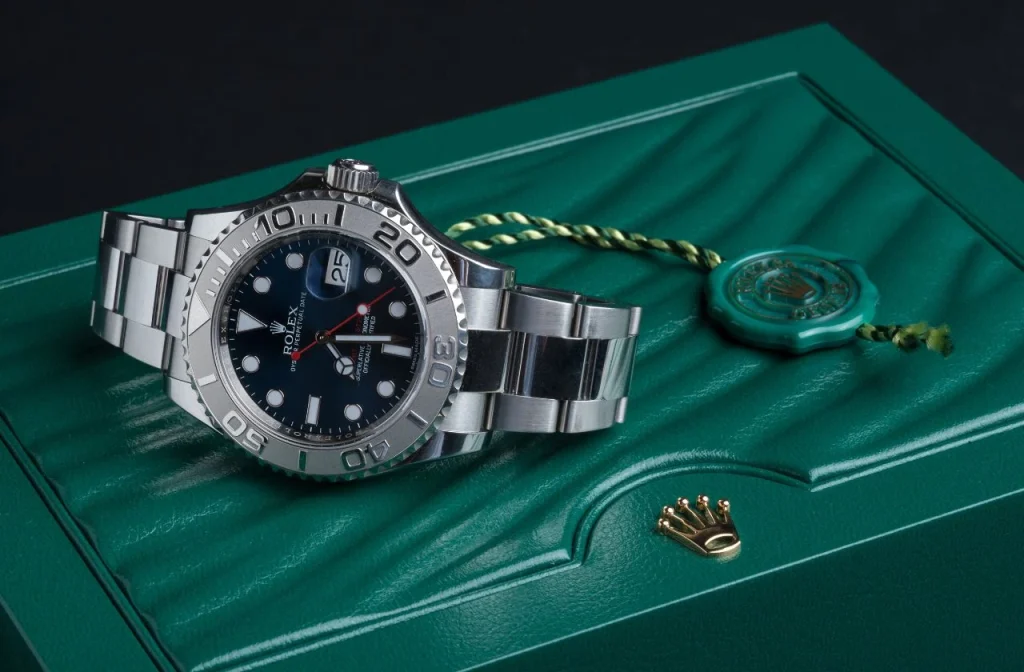
FAQs About Rolex as an Investment
Q1: Which Rolex model is the best investment in 2025?
The Rolex Submariner (No-Date) and GMT-Master II “Pepsi” remain the strongest contenders for long-term appreciation.
Q2: Is buying a pre-owned Rolex safe?
Yes—if purchased from verified, reputable dealers with strong authentication protocols.
Q3: How long should I hold onto a Rolex to maximize ROI?
Ideally 7–10 years. Longer holds often yield exponential gains, especially for limited editions or discontinued models.
Q4: Are vintage Rolex models better investments than new ones?
Not always. While vintage pieces can fetch higher prices, modern models offer more predictable growth due to data-backed performance and newer movements.Q5: Can Rolex prices crash?
Rolex values have historically proven resilient—even during global recessions. While short-term dips happen, long-term trajectories remain upward.


